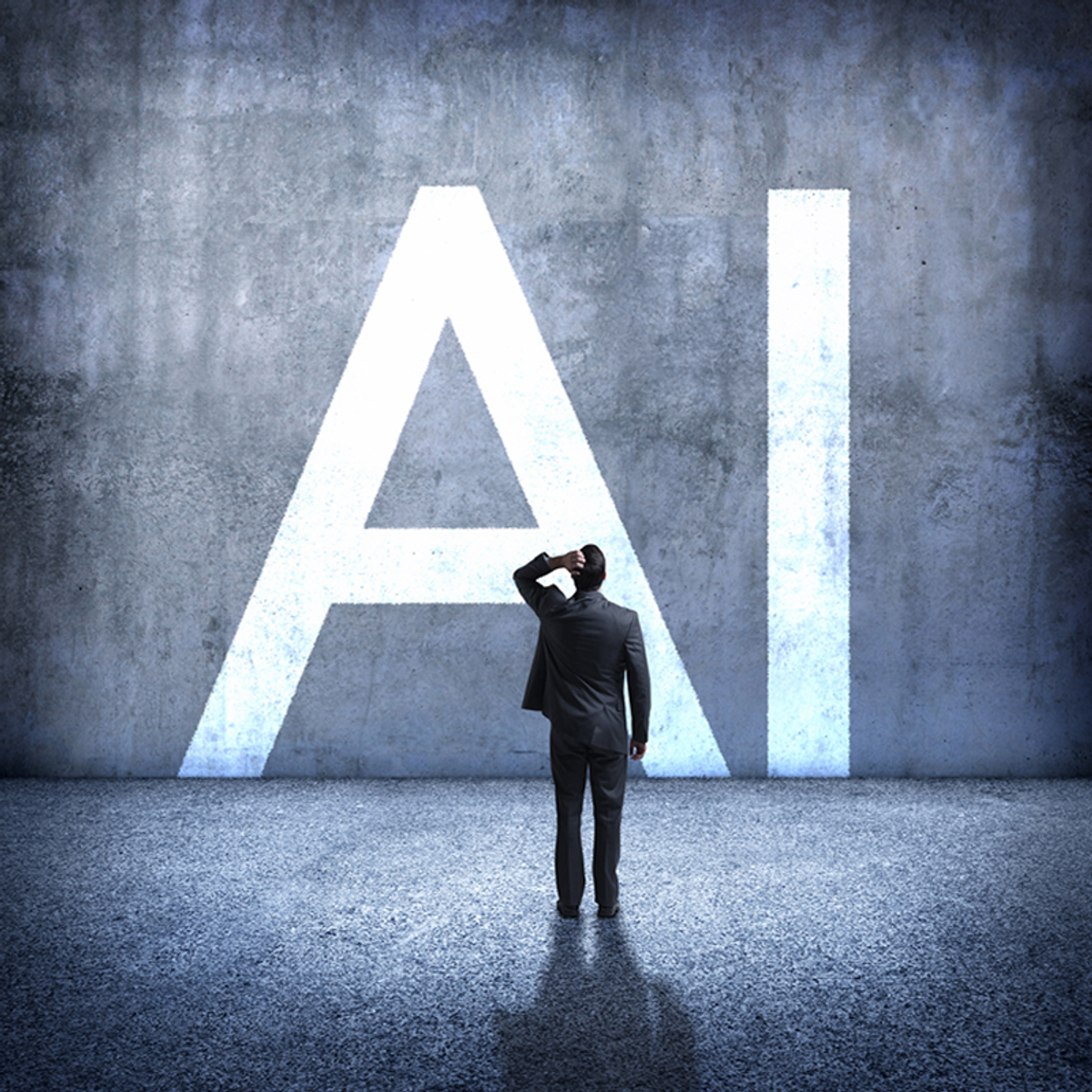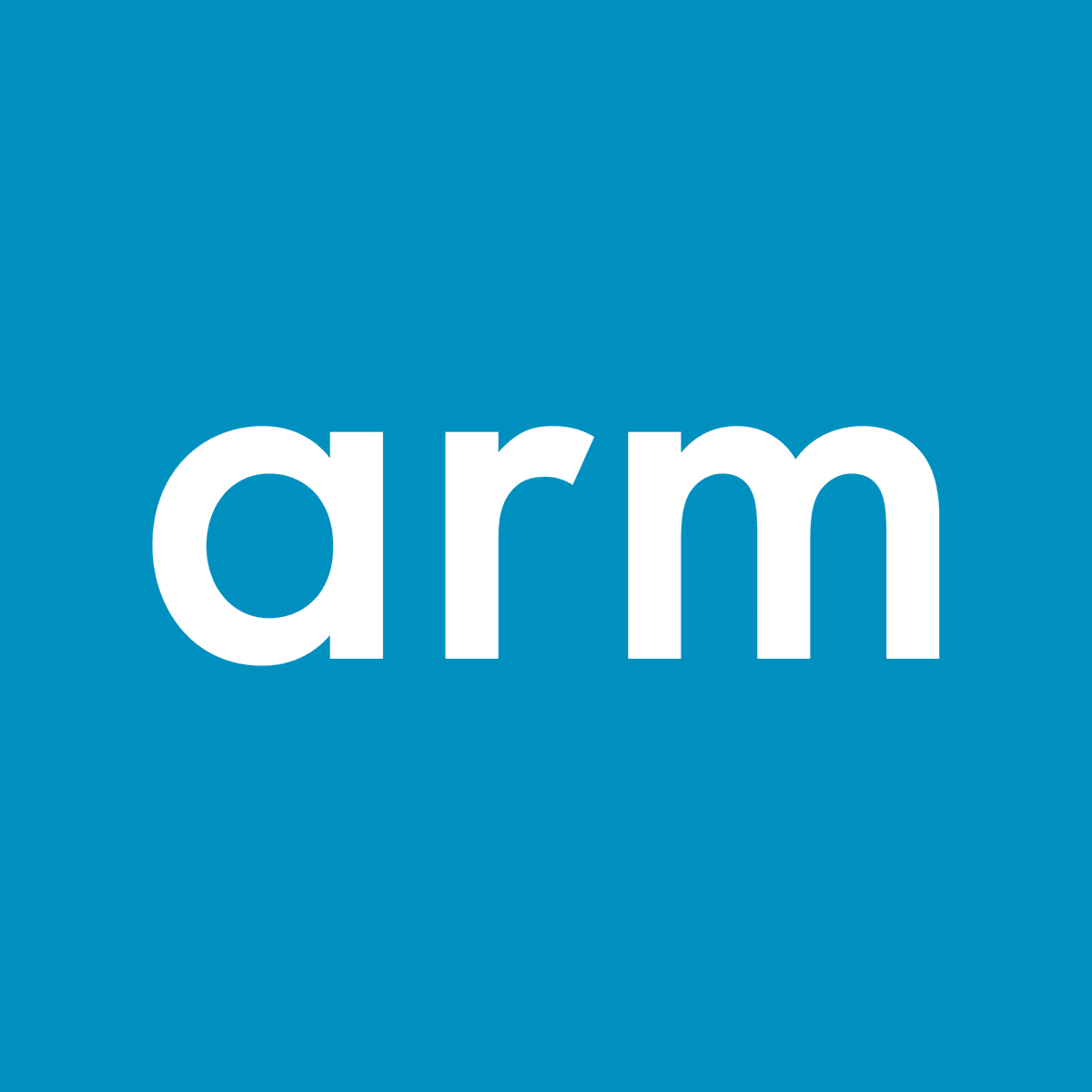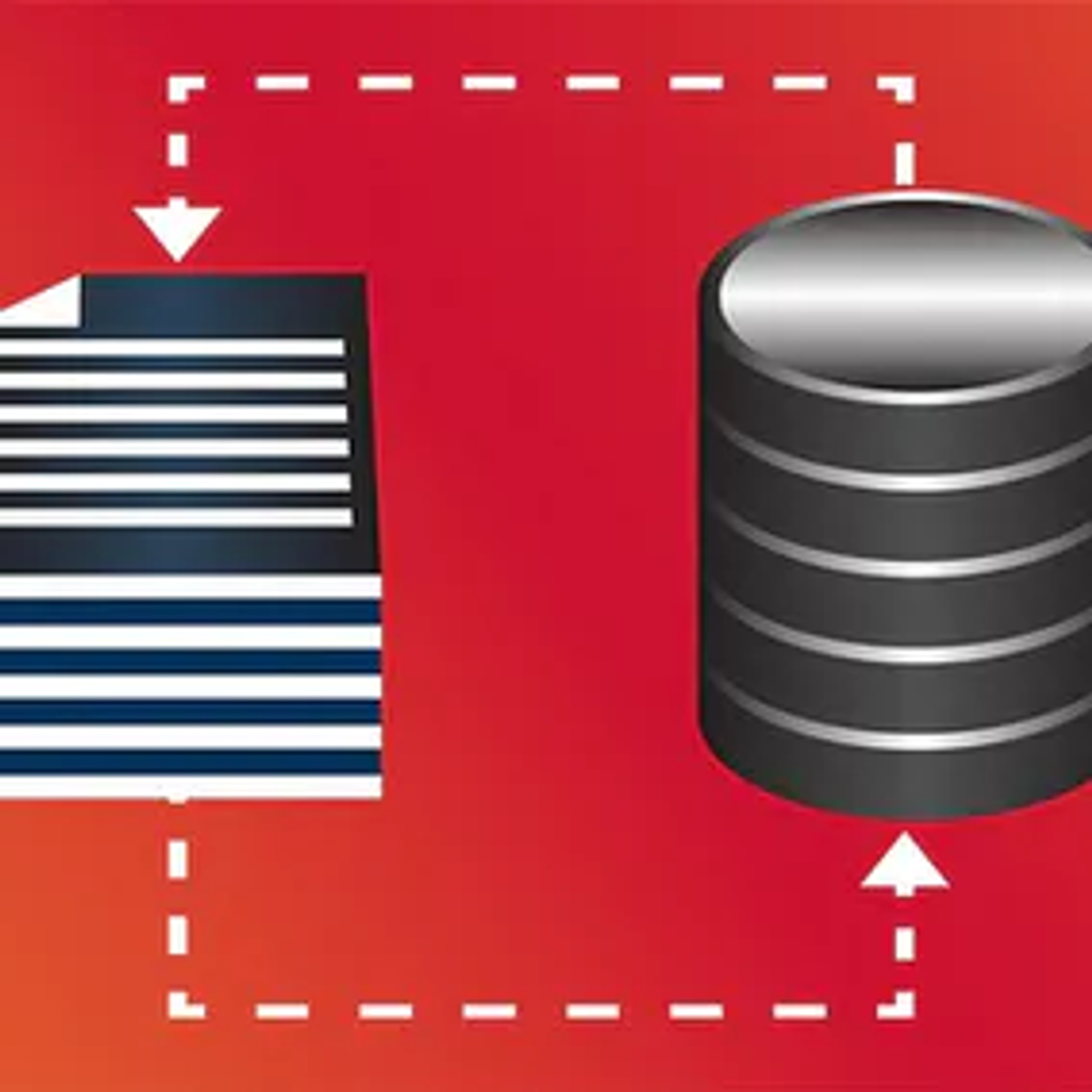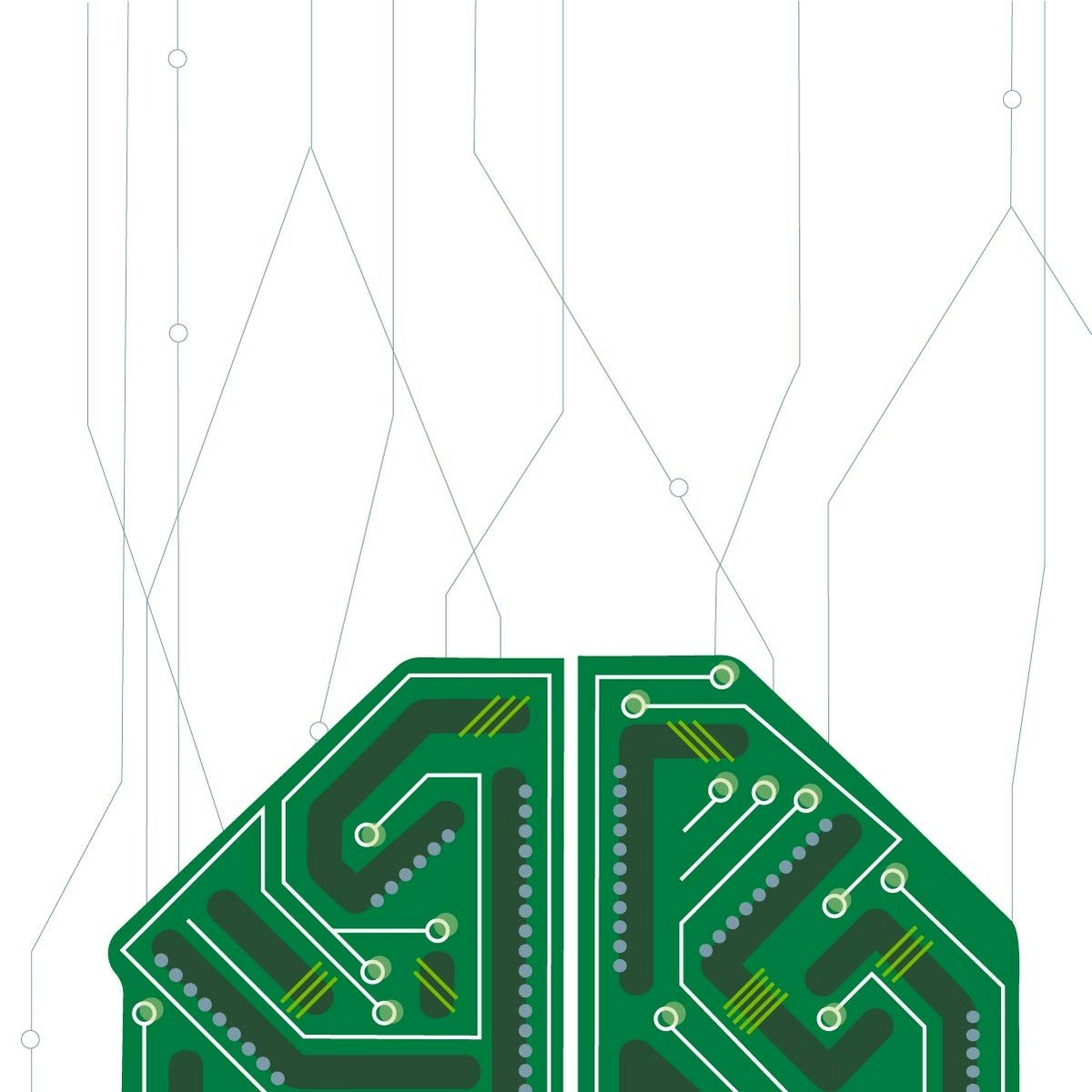Back to Courses









Computer Science Courses - Page 149
Showing results 1481-1490 of 2309

Artificial Intelligence Privacy and Convenience
In this course, we will explore fundamental concepts involved in security and privacy of machine learning projects. Diving into the ethics behind these decisions, we will explore how to protect users from privacy violations while creating useful predictive models. We will also ask big questions about how businesses implement algorithms and how that affects user privacy and transparency now and in the future.

Arm Cortex-M Processors Overview
This course is designed for anyone wishing to learn about the range of Cortex-M processors and the different resources that can help you with your Cortex-M project. The course begins with a bit of history about Arm processors and the Arm architecture, covering the differences between the M-profile and other architecture profiles like A-profile and R-profile. This course is suitable for beginners or people without an engineering or computer science background. The introductory material also sets the scene for the courses 2, 3 and 4.

How to Use SQL with Large Datasets
By the end of this project, you will use SQL to manage a large COVID-19 dataset using MySQL Workbench.
MySQL is a widely used relational database and can be used with large datasets if it is managed appropriately. This may include using the proper database engine, indexing the database, creating summary tables, and using proper database queries.

Preparing for Your Professional Cloud Security Engineer Journey
This course helps learners prepare for the Professional Cloud Security Engineer (PCSE) Certification exam. Learners will be exposed to and engage with exam topics through a series of lectures, diagnostic questions, and knowledge checks. After completing this course, learners will have a personalized workbook that will guide them through the rest of their certification readiness journey.

Linux Tools for Developers
Course 3 is a continuation of the previous course, and will focus on teaching you how to work with tools you need to do your everyday work. The course begins by introducing you to numerous essential command line tools that are used daily. Then, it focuses on bash scripting - you will learn how to construct scripts and how to do very complicated tasks in an automated way. The course looks at files and filesystems and focuses on compiling programs in Linux, using gcc and other compilers, and using libraries of different types. It also takes a look at how Java works in Linux, and explains why there is no reason to worry about having easy-to-use Java programs in Linux. Course 3 ends by covering building packages out of software in Linux.

How to Curve and Warp Text in Adobe Illustrator
After completing this project, you will be able to shape your text in many ways in Adobe Illustrator. First, you will learn how to curve your text and to adjust its features. Then you will learn how to warp your text. You will learn how to perform different warping techniques including warping your text in the form of any given shape. Curving and warping text in Adobe Illustrator allows you to create exciting text logos.
The aim of this project is to familiarize you with basic and advanced options to curve and warp any text. By the end of this project, you will have created several simple text logos with guidance each of which demonstrates a different curving or warping technique.

Position Elements on a Page with CSS
In this intermediate-level course you will explore how CSS (Cascading Stylesheets) can be used to control the position of objects on your web page. You will learn to wrap text around an image and create a horizontal menu bar of links using CSS. Using the Notepad++ editor, you will update an internal stylesheet with the CSS rules that control blocks of content. The Chrome browser is used to display the page to test the results of your work.
Note: This course works best for learners who are based in the North America region. We’re currently working on providing the same experience in other regions.

Introduction to Computer Vision and Image Processing
Computer Vision is one of the most exciting fields in Machine Learning and AI. It has applications in many industries, such as self-driving cars, robotics, augmented reality, and much more. In this beginner-friendly course, you will understand computer vision and learn about its various applications across many industries.
As part of this course, you will utilize Python, Pillow, and OpenCV for basic image processing and perform image classification and object detection.
This is a hands-on course and involves several labs and exercises. Labs will combine Jupyter Labs and Computer Vision Learning Studio (CV Studio), a free learning tool for computer vision. CV Studio allows you to upload, train, and test your own custom image classifier and detection models. At the end of the course, you will create your own computer vision web app and deploy it to the Cloud.
This course does not require any prior Machine Learning or Computer Vision experience. However, some knowledge of the Python programming language and high school math is necessary.

Sample-based Learning Methods
In this course, you will learn about several algorithms that can learn near optimal policies based on trial and error interaction with the environment---learning from the agent’s own experience. Learning from actual experience is striking because it requires no prior knowledge of the environment’s dynamics, yet can still attain optimal behavior. We will cover intuitively simple but powerful Monte Carlo methods, and temporal difference learning methods including Q-learning. We will wrap up this course investigating how we can get the best of both worlds: algorithms that can combine model-based planning (similar to dynamic programming) and temporal difference updates to radically accelerate learning.
By the end of this course you will be able to:
- Understand Temporal-Difference learning and Monte Carlo as two strategies for estimating value functions from sampled experience
- Understand the importance of exploration, when using sampled experience rather than dynamic programming sweeps within a model
- Understand the connections between Monte Carlo and Dynamic Programming and TD.
- Implement and apply the TD algorithm, for estimating value functions
- Implement and apply Expected Sarsa and Q-learning (two TD methods for control)
- Understand the difference between on-policy and off-policy control
- Understand planning with simulated experience (as opposed to classic planning strategies)
- Implement a model-based approach to RL, called Dyna, which uses simulated experience
- Conduct an empirical study to see the improvements in sample efficiency when using Dyna

AI, Empathy & Ethics
This nontechnical course provides an overview of artificial intelligence advancements and the ethical challenges we now face as we navigate the development, implementation, and ubiquitous global use of AI.
